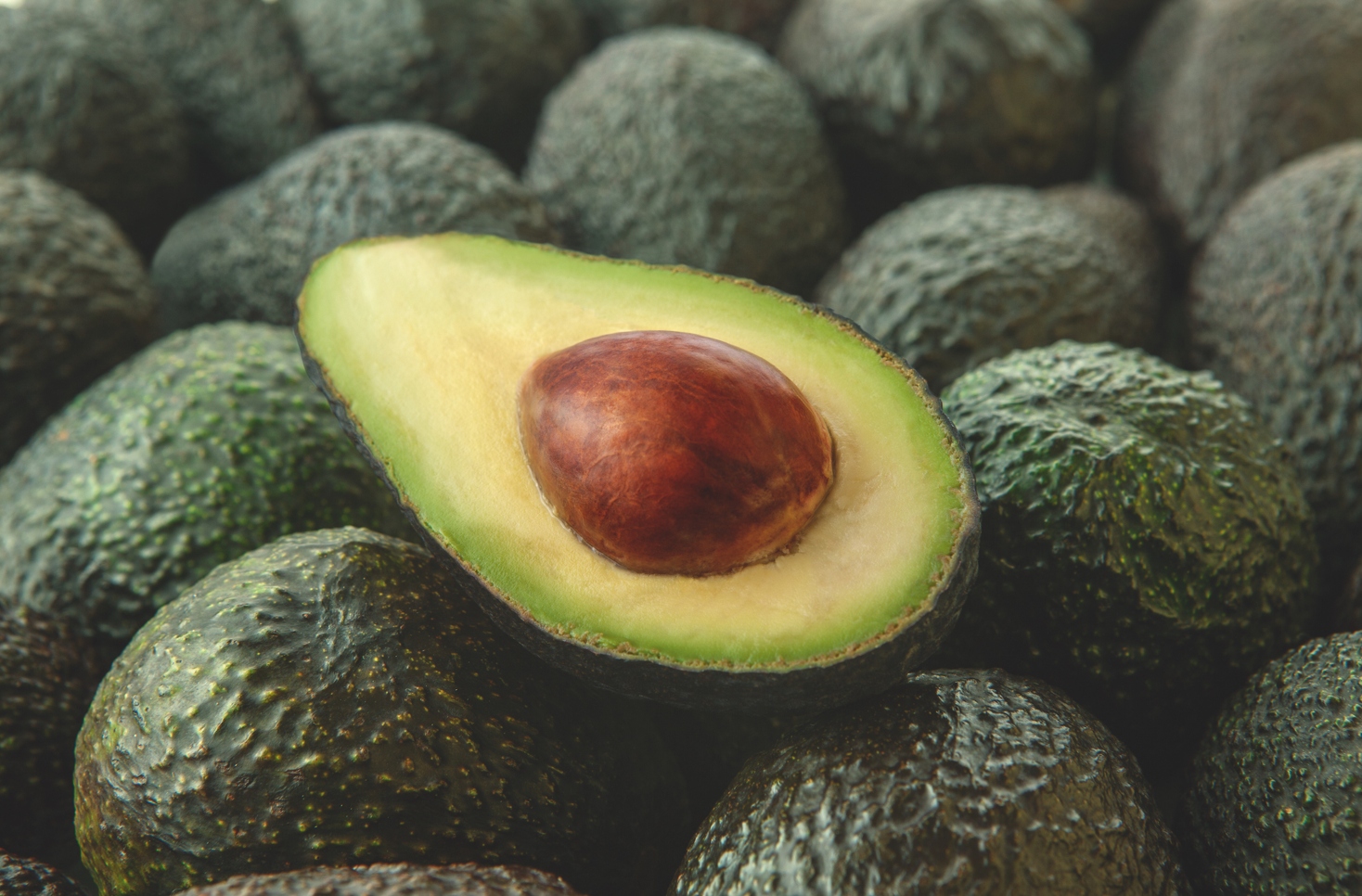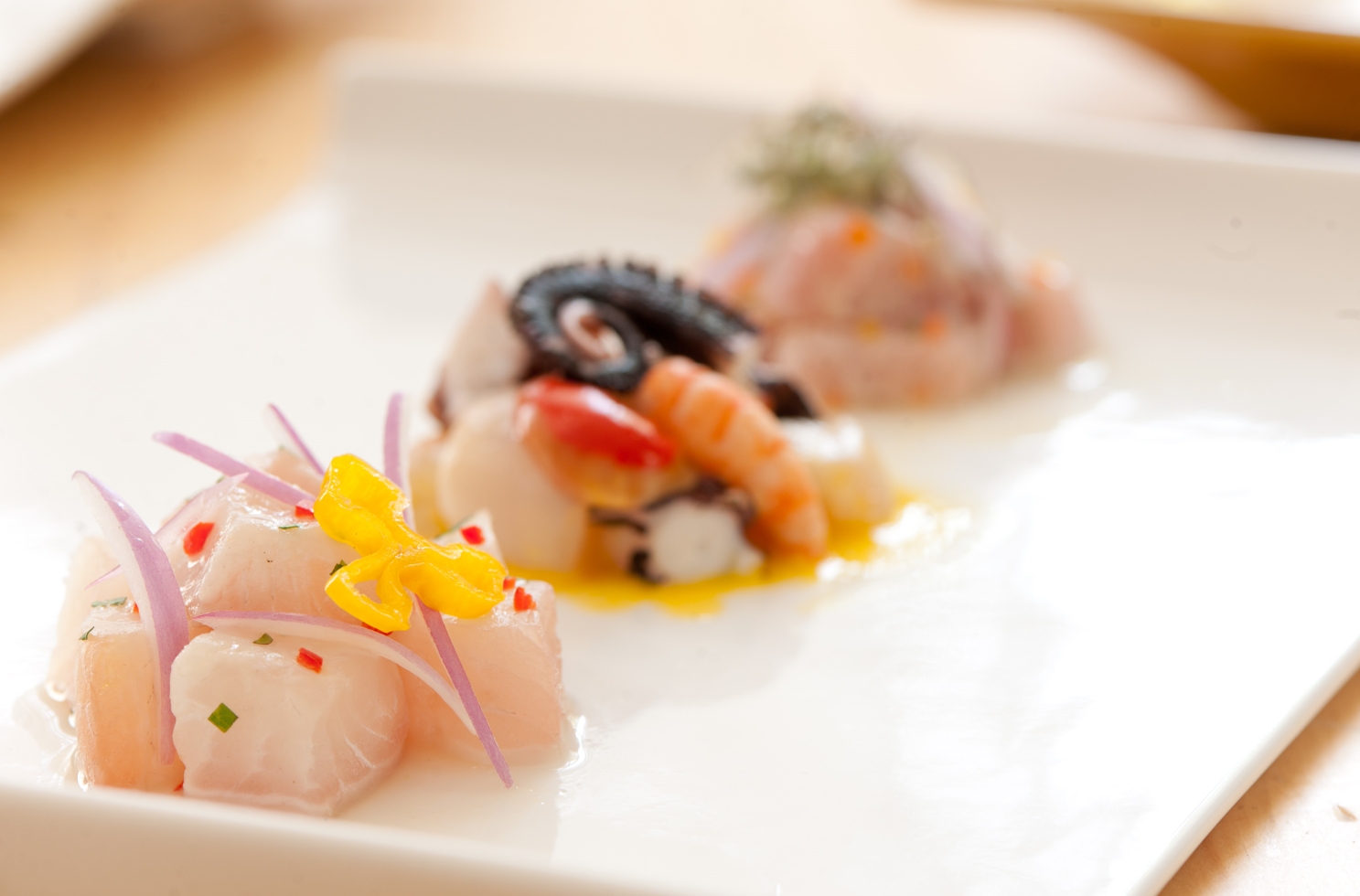Erick Aponte, Trade Commissioner for PROMPERÚ in South-East Asia shares his vision for empowering Asia’s health-conscious agenda with Peru’s native produce.

The numbers paint a picture of great diversity. Peru has about 5,000 varieties of potatoes; many are native to the Andes Mountains. It is also a natural pantry of superfoods such as maca, quinoa, kiwicha, camu camu, lucuma and the ever-in-demand cacao, which grows in 10 regions in Peru. The abundance of crops native to Peru are astounding, especially when one takes into consideration the vast terroir of the region, with eight ecosystems in the Andes, not forgetting the biodiversity of the Amazon rainforest.
For Erick Aponte, Trade Commissioner for PROMPERÚ in South- East Asia, it has been his mission to introduce the diversity of agricultural produce to Asia, and he has identified fast-growing trends that have paved the way for Peruvian products. “One of the most important is the worldwide trend towards healthier, thoughtful eating, which has continued to grow over the years. Our production grew right along with this trend as we specialise in superfoods and organic products, with fresh products such as avocados, table grapes and blueberries being our highest demand items, with citrus and mangoes showing great demand increases as well.

As part of the Free Trade Agreement between the governments of Singapore and Peru, Singapore has authorised the import of new fresh produce, and during the first half of 2020, fresh cranberries, pomegranates and asparagus were the leading Peruvian imports. Other popular produce were quinoa, chia seeds, chestnuts, artichokes and jalapeño peppers.
MEETING DEMAND FOR HEALTH-CONSCIOUS PRODUCTS
Recognising the emphasis on wellness and the conscious choice to seek out nutrient-dense foods, Erick embarked on a campaign to promote Peruvian superfoods. “We are currently collaborating with two retailers in Singapore, Nature’s Superfoods and Zenxin Organic Food, with the aim of promoting and raising consumers’ awareness of the benefits of eating Peruvian superfoods such as quinoa, chia seeds, cocoa beans and powdered ginger, among others. The strategy is to work with each retailer to launch an ‘immunity package’ which includes a range of superfoods that promote the variety of healthy food products from Peru. We are also developing campaigns that focus on healthy snacks and beverages, as well as their future promotion in restaurants,” says Erick.
Erick also shared that the interest in healthier produce has been intensified by the Covid-19 pandemic, and provided the opportunity for Peruvian produce to showcase its superfood appeal. “It has highlighted the importance of health and of maintaining strong immune systems. Our product line-up of superfoods provide nutritional benefits that suit all needs. Our advantage is it’s all from the same source. No other country specialises in such a wide array of products that are so beneficial to the consumer. Superfoods are the easiest for consumers to find and incorporate into their lifestyles. This is true for nearly any market,” Erick stresses.
ASIA’S PASSION FOR PERUVIAN PRODUCTS
Asia currently accounts for nine percent of all Peruvian agri-food exports worldwide; with Malaysia, Taiwan, Thailand, Vietnam and Singapore being the high-potential markets that are growing strongly. Besides interest from distributors and retailers, Erick shared that the growing prominence of Peruvian cuisine has given it valuable airtime in front of diners as well.

“Our gastronomy is consistently rated amongst the best in the world and can provide options for any menu, but many of the products we export are, in large part, not commonly found in our traditional dishes. However, dishes like ceviche are versatile enough to allow for additions that can include many of our superfoods products, even Pisco cocktails provide this same versatility. Chefs specialising in non-Peruvian dishes also find it easy to incorporate our products as well since they are such commonly consumed fruits, vegetables and grains.”
To give Asian consumers a much closer insight into what Peru has to offer, several well-known influencers from Singapore, Malaysia and Thailand recently prepared a number of dishes live using the most representative ingredients from Peruvian cuisine as a common denominator. Peru also took part in Asia Fruit Logistica, the biggest fresh food trade fair in Asia. It featured a show-cooking session by Chef Coco Tomita and bartender Aaron Díaz, the creator of the Carnaval bar that recently came in 21st on the list of “50 Best Bars”. Tomita and Díaz highlighted the culinary use of superfoods such as asparagus, camu camu and cranberries in their creations. For Erick, he has a soft spot for traditional dishes such as ceviche, causa and lomo saltado, and he hopes that Asians will discover the versatility of their flavours in home cooking, or explore creative interpretations in restaurants here. One of them is OLA Cocina Del Mar, run by owner-chef couple Daniel and Tamara Chevez, which featured a Peruvian menu last month with dishes inspired by superfood ingredients.

“One thing that Peruvian gastronomy can boast about is its constant evolution over its long history. The cuisine is a fusion of migrant cultures in Peru so long ago right up to present day and it is thanks to a huge pantry of products that Peru offers, like our superfoods that are helping to pave the path to this market,” he adds.